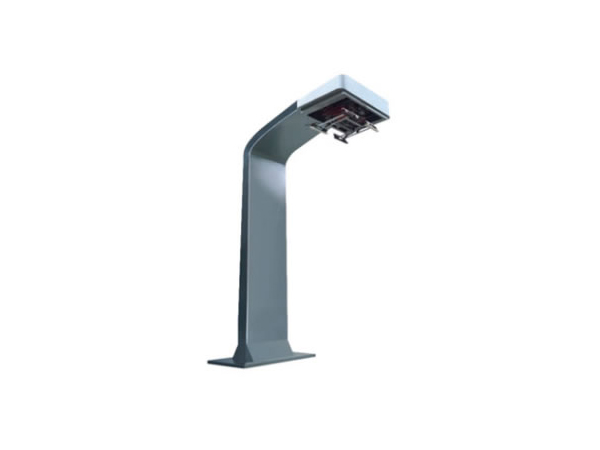-
13822183778@139.com
-
13822183778
What Is The Difference Between CHAdeMO And GB/T?
In the growing world of electric vehicles (EVs), charging technology plays a vital role in the widespread adoption of this sustainable mode of transportation. CHAdeMO and GB/T are two common tariffs used in different parts of the world. Understanding the differences between these charging technologies is critical for electric vehicle owners, technicians and policy makers.
CHAdeMO, short for "CHArge de MOve", is a fast charging protocol developed in Japan by the CHAdeMO Association. It was the first standardized charging method designed specifically for electric vehicles and was launched in 2010. CHAdeMO employs a unique plug and socket system that allows direct current (DC) fast charging at high power levels.

This technology mainly supports electric vehicles in Japan and South Korea, and has been widely used in these regions. On the other hand, GB/T is the abbreviation of "GuóBiāo/Tiāozhǎn", which is the charging standard established by the China Electricity Council in China. The fee agreement is also known as "GB/T standard" or "off-standard jump station standard".
GB/T is focused on meeting the needs of the Chinese market and has gained popularity in several countries adopting Chinese EV models. It supports alternating current (AC) and direct current (DC) charging methods. While both CHAdeMO and GB/T aim to facilitate EV charging, there are significant differences between them. The first difference lies in the regions in which they are primarily used. CHAdeMO is widely adopted in Japan, Korea, and several European countries. In contrast, GB/T is mainly used in China, but has also gained some traction among international automakers. The physical connectors used in CHAdeMO and GB/T are also different. The CHAdeMO features a large, single-plug design with five pins for high power transfer. In contrast, GBT DC Charger uses a dual-plug system, one for AC charging and a larger plug for DC fast charging.
This design choice is intended to support a wider range of charging needs across different car models. Another important factor to consider is the charging speed capabilities of both systems. CHAdeMO is known for its fast charging capabilities, with some charging stations delivering up to 100 kilowatts of power. GB/T, on the other hand, supports a range of charging speeds, from relatively slow AC charging to faster DC charging, depending on the specific charging station.
Compatibility is critical for EV owners, especially when traveling long distances or using public charging stations. While most EV manufacturers ensure their vehicles are compatible with multiple charging standards, there may still be discrepancies between CHAdeMO and GB/T compatibility. It is imperative for electric vehicle owners to verify the charging stations available in their area and confirm that their vehicle supports the specified charging standard.
In summary, while both CHAdeMO and GBT DC serve the purpose of EV charging, they differ in terms of regional availability, physical connectors, charging speed, and compatibility. Understanding these differences is critical to a smooth charging experience and the continued growth of the global EV industry. As electric vehicle technology continues to advance, different standards are expected to work together to create a more convenient and sustainable future for transportation.
 How long does it take to charge ···
How long does it take to charge ···
 DC Fast Charging CCS type 2 plug
DC Fast Charging CCS type 2 plug
 The high-voltage and high-curren···
The high-voltage and high-curren···


